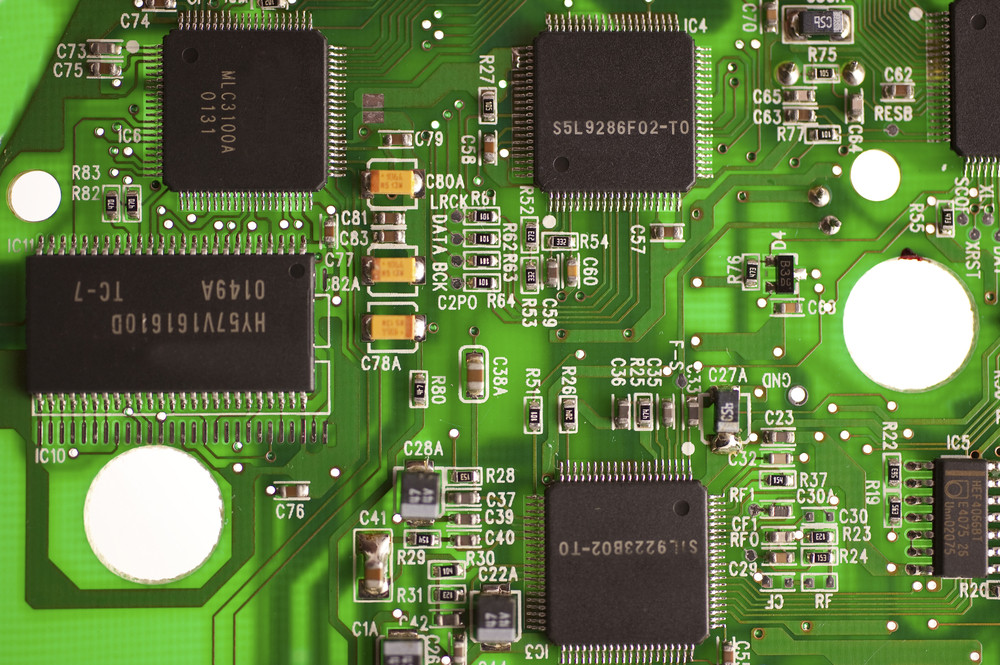
close up of electronics

The circuit boards that were used to create the phone you are using or the computer you are surfing on were first made by a trusted PCB manufacturer. They provide PCB manufacturing services that dwarf a human’s capability.
Step into the office of any PCB manufacturer and what you will not find are dozens and dozens of teams hand-making circuitry boards. That is a thing of the past. What you will see are dozens of employees operating machines that do “print” the circuit boards, hence, PCB, or “printed circuit boards.” This has cut cost exponentially, not only by satisfying companies that need circuit boards, but requiring less time to make, but that is not all.
Never Trust A Human To Do A Machine’s Job
Hand a circuit board to a dozen different unique individuals and every single one of them might find a mistake and some might not find any. That is unreliable. By using a computer and computer software, machines can do the work of inspection with accuracy that puts the human eyes to shame.
The same can be said about the human hands. There are hundreds of unique individuals capable of creating near-perfect circuit boards by hand, but again, that does not help a business. Companies ordering printed circuit boards do not want near-perfect, they want perfect. Instead, a machine can create the circuit board without getting tired, without complaining, without being paid, and only need a qualified individual to operate.
Grant it, for a hobbyist, none of this matters. If you make circuit boards for yourself, you by no means need to invest in several large machines to do the work for you. From a hobbyist standpoint, you are not making it for someone, so why buy it? For a business, the cost of the PCB is important, in fact, it’s 31 percent of the cost, so being precise and accurate weighs heavily on a business compared to a hobbyist making their own circuit board.
An Overview of PCB Creation
The process of creating printed circuit boards can be condensed into three parts: design, printing, and inspection.
First, many PCB manufacturers receive designs from their customers. These designs are not immediately placed into circulation for printing. Instead, the designs are reviewed, by engineers, for mistakes to ensure the design actually works. If it is successfully reviewed, then, it moves into the printing process. These software programs help the layout of the circuit board, and oftentimes, the electrical conducting paths are spaced apart at .04 inches or smaller!
Second, comes the printing. Because machines are incredibly accurate, more so than a human could ever be, this part is left to a machine. In fact, a combination of solder paste applier, high-speed chip shooter, a pick-and-place machine and an infrared oven has a turnover rate of 50,000 parts, on average, in a single hour. Not to mention, the possibility to print bulk orders in a span of 5 days, a time-table that is 75 percent faster than hand-made circuit boards. And on top of that, the soldering done by machines is equal to 50 by-hand soldering employees, without quality tapering off or large quantities of mistakes.
With an emphasis on inspection at every single avenue, it wraps the process up with a nice and neat bow.
